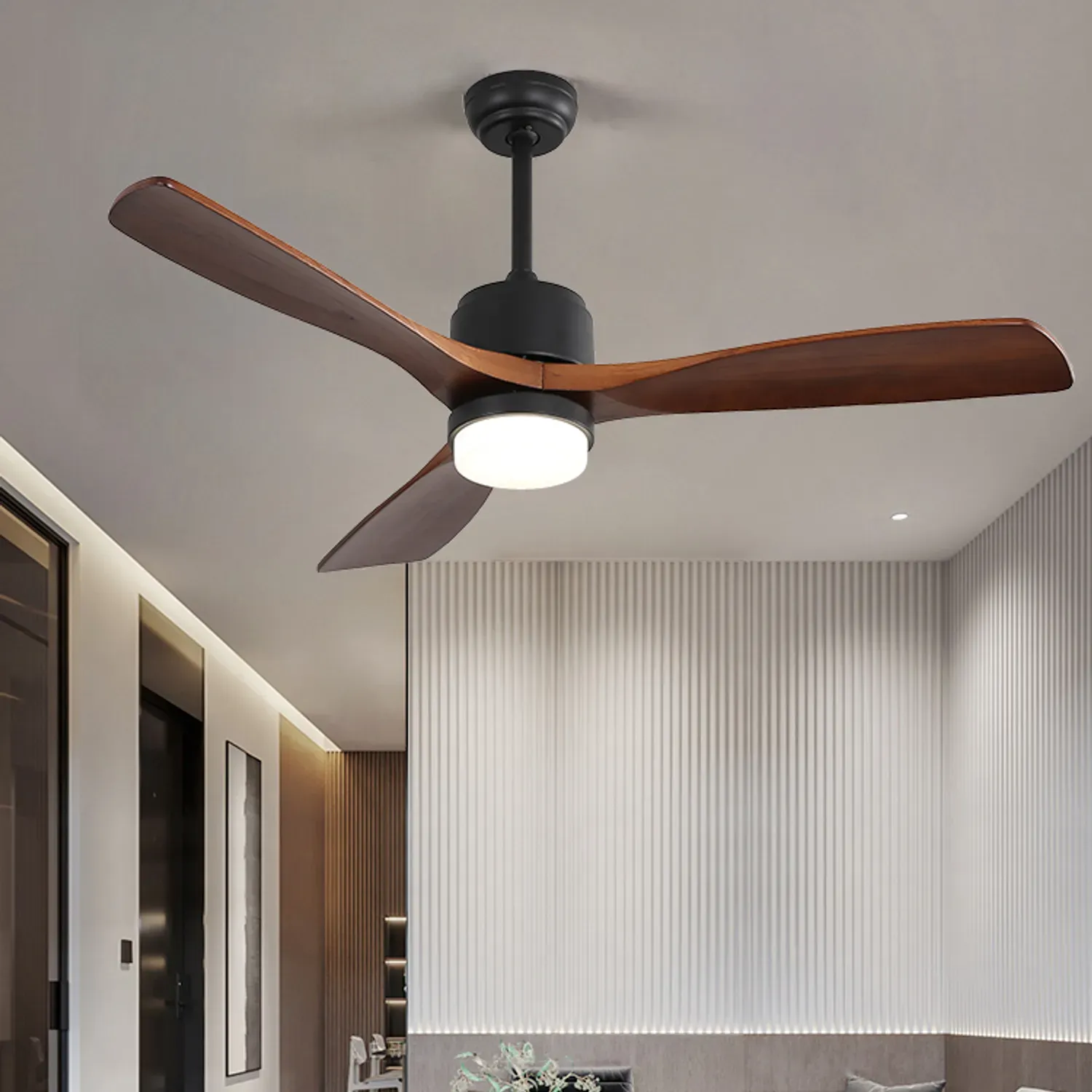
Get A Quote
How Ceiling Fans Consume Power and Efficiency Tips
Ceiling fans have evolved into essential features of numerous Indian homes, providing much-needed relief from the relentless heat. Yet, unlocking their full potential requires a grasp of their energy consumption dynamics and effective strategies for boosting efficiency. In this blog, we delve deep into the nuances of ceiling fan power usage, offering insightful tips to maximize energy efficiency and elevate your cooling experience.
Factors Influencing Ceiling Fan Energy Efficiency
When it comes to the energy efficiency of ceiling fans, several crucial factors come into play:
Fan Size: Opting for the appropriate fan size for your space is vital. Oversized fans might consume excessive energy, while undersized ones could lead to inadequate airflow, resulting in prolonged operation to achieve desired comfort levels.
Fan Motor Efficiency: High-quality ceiling fans often boast efficient motors that deliver top-notch performance with minimal energy consumption. Seek out fans with Energy Star ratings or those featuring DC motors, renowned for their energy-saving attributes.
Blade Design and Material: The design and composition of fan blades significantly impact energy efficiency. Blades engineered for aerodynamics and crafted from lightweight materials like aluminum or composite can mitigate drag and friction, enhancing overall fan performance.
Fan Speed Settings: Adjustable fan speeds offer flexibility in tailoring airflow to your comfort preferences. Opting for lower speeds whenever feasible can conserve energy without compromising on cooling effectiveness.
Proper Installation and Maintenance: Correct installation and regular upkeep are crucial for optimizing energy efficiency. Ensuring the fan is correctly installed and balanced prevents unnecessary wobbling, which can elevate energy consumption. Routine maintenance, including blade cleaning and lubrication of moving parts, preserves efficiency over time.
Calculating Your Ceiling Fan's Power Consumption
Determining your ceiling fan's power usage is a simple process. Here's a step-by-step guide to help you calculate it accurately:
1. Locate the Wattage: Check your ceiling fan's label or user manual to find its wattage rating. Suppose it's rated at 75 watts.
2. Identify the Speed Setting: Ceiling fans come with multiple speed options, each associated with a specific wattage. Use the wattage corresponding to your fan's current speed setting. For example, if it's running at its highest speed, utilize that specific wattage value (e.g., 75 watts). Adjust if using a lower speed.
3. Determine Operating Hours: Decide how long your fan operates, measured in hours. If it runs for 4 hours, input this figure into the calculation.
4. Compute Energy Consumption: Multiply the fan's wattage by the operating hours. For instance, if the fan is rated at 75 watts and runs for 4 hours:
Energy Consumption (in watt-hours) = Wattage × Hours
Energy Consumption = 75 watts × 4 hours = 300 watt-hours
5. Convert to Kilowatt-Hours (kWh): To express energy usage in kilowatt-hours, divide the watt-hour value by 1,000:
Energy Consumption (in kWh) = Energy Consumption (in watt-hours) / 1,000
Energy Consumption = 300 watt-hours / 1,000 = 0.3 kWh
Following these steps enables you to accurately assess your ceiling fan's power consumption, aiding in energy management and cost control.
Efficient Energy Practices for Ceiling Fans
Boosting the energy efficiency of your ceiling fan involves implementing savvy strategies. Here are some tips to optimize your fan's energy consumption:
1. Choose the Right Fan Size: Ensure your fan's size matches the room dimensions to avoid unnecessary energy consumption from oversized fans.
2. Adjust Fan Speed Wisely:Customize the fan speed to your comfort level, as lower speeds generally mean less energy usage.
3. Upgrade to Energy-Efficient Models: Consider investing in ceiling fans with ENERGY STAR certification or those equipped with DC motors for enhanced efficiency.
4. Prioritize Regular Maintenance: Keep fan blades and motors clean to uphold peak performance and energy efficiency.
5. Combine with Air Conditioning: Use ceiling fans alongside your air conditioning system to improve air circulation and reduce reliance on lower thermostat settings.
6. Opt for LED Lighting: If your fan includes built-in lighting, choose energy-efficient LED bulbs to minimize energy consumption while maintaining adequate illumination.
Are there Energy-Efficient Ceiling Fan Models or Certifications to Consider?
ENERGY STAR Certification: ENERGY STAR-certified ceiling fans meet strict energy efficiency guidelines set by the U.S. Environmental Protection Agency (EPA). These fans are typically 60% more efficient than conventional models and can help save on energy costs.
DC Motor Fans: Ceiling fans equipped with DC (Direct Current) motors are known for their energy efficiency. These motors consume less power while providing the same or even better performance compared to traditional AC motors.
Energy Efficiency Ratings: Some ceiling fan manufacturers provide energy efficiency ratings for their products, similar to those found on appliances like refrigerators or air conditioners. Look for fans with high energy efficiency ratings to ensure optimal energy savings.
Integrated LED Lighting: Ceiling fans with integrated LED lighting fixtures are more energy-efficient than those with traditional incandescent or halogen bulbs. LED bulbs use less energy and last longer, reducing the overall energy consumption of the fan.
Final Thoughts
Exploring the nuances of ceiling fan power consumption and embracing energy-efficient practices can lead to notable savings on your energy bills. By integrating the strategies outlined in this guide, you can enjoy the cooling advantages of your ceiling fan while reducing your environmental footprint. Remember, making informed decisions about your electrical appliances, including ceiling fans, is a straightforward yet impactful way to foster a greener home.
If you're in search of energy-efficient ceiling fans, we invite you to explore our selection at KBS Ceiling Fans store for a refreshing experience.

